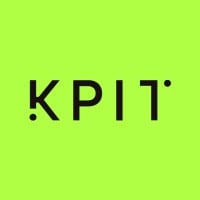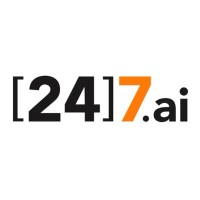
KPIT
About KPIT KPIT is reimagining the future of mobility, forging ahead with group companies and partners to shape a world that is cleaner, smarter, and safer. With over 25 years of specialized expertise in Mobility, KPIT is accelerating the transformation towards Software and AI-Defined Vehicles through its advanced solutions, platforms, and products—propelled by mobility-infused AI frameworks, software craftsmanship, and systems integration mastery. Vision in Motion Fueled by 2000+ vehicle production programs and powering 20+ million vehicles on the road with KPIT software, our experience in unmatched. At the same time, we push boundaries, developing solutions that enable Mobility OEMs to innovate at speed and scale. For more details, visit www.kpit.com






